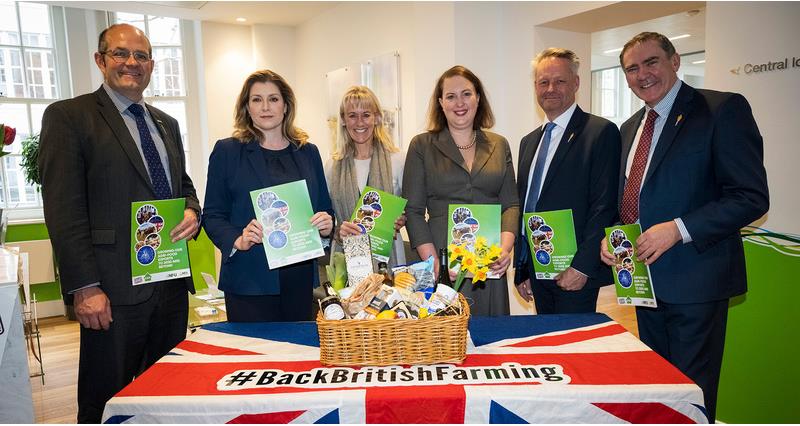Although written more than 60 years ago, the objectives of the CAP (Common Agricultural Policy) have generally been regarded as retaining their relevance. They are1:
- To increase agricultural productivity
- To ensure a fair standard of living for the agricultural community
- To stabilise markets
- To assure availability of supplies
- To ensure reasonable consumer prices.
What is frequently overlooked is that the objective “to ensure a fair standard of living for the agricultural community, in particular by increasing the individual earnings of persons engaged in agriculture” is explicitly linked to the first objective “to increase agricultural productivity by promoting technical progress and by ensuring the rational development of agricultural production and the optimum utilisation of the factors of production, in particular labour.”
The Treaty of Rome
To be clear, the Treaty of Rome envisaged that profitability would be achieved through restructuring and productivity improvements while market measures (what might now be termed volatility measures) would achieve stable markets, adequate supply and fair consumer prices.
The Treaty of Rome was signed in 1958, the CAP came into force in 1962. To meet the Treaty Objectives a two tier policy was constructed, comprising a “guarantee” section (price support) and a guidance sector (aimed at improving productivity through soft loans and capital grants).
Contrary to popular conception it was the Germans, not the French who insisted on price support being set at a high level as they were afraid that their agriculture would be uncompetitive in a free European market.
As a result, the bulk of the CAP funds were committed to the guarantee section of the CAP, while the guidance sector remained relatively small (a scenario that has remained the case to the present day, with the 2 pillar CAP).
CAP reforms
Price support unsurprisingly proved popular with the farming community2. The Commissioner for Agriculture, the Dutchman Sicco Mansholt (1958-72) noted that despite generous price support farm earnings were not keeping pace with the rest of the economy.
He was convinced the balance of the policy was wrong and in 1968 proposed the first serious CAP Reform (the Mansholt Plan). The aim was to shift the balance to modernisation measures, training, early retirement incentives and amalgamation of unprofitable holdings.
The plan proved too controversial for Europe’s Farm Ministers. A very-much watered down version was finally agreed in 1972 but in practice little changed. Price support continued and, as Mansholt himself had predicted, led directly to the mountains and lakes of the late 70’s and early 80’s.
There must be a balance
These days there are many who would argue that all agricultural support should be moved to environmental enhancement measures, It is often suggested that the only legitimate use of public money is on public goods that the market does not reward. There can be no doubt that spending on the environment is a valid, but there needs to be a balance.
There is another legitimate use of public funds- to invest now to reduce long-term financial commitments. Measures to improve agricultural productivity and competitiveness can fit into this category. By contrast some (not all) environmental measures can point in the opposite direction. If farmers are required to reduce their production capacity drastically they will potentially be placed in a position where they are dependent on public support in perpetuity.
The history of the failed Mansholt Plan shows how a failure to support productivity led to serious long-term problems in agricultural policy.
1 Care for the environment is the obvious omission; this was subsequently added as a requirement for all EU policies.
2 The European farmers Union, COPA, devised a mathematical formula (the objective method) which indicated by how much annual prices had to rise to enable farmers’ incomes to keep pace with wage rises elsewhere. A clear misreading of the Treaty objectives.



